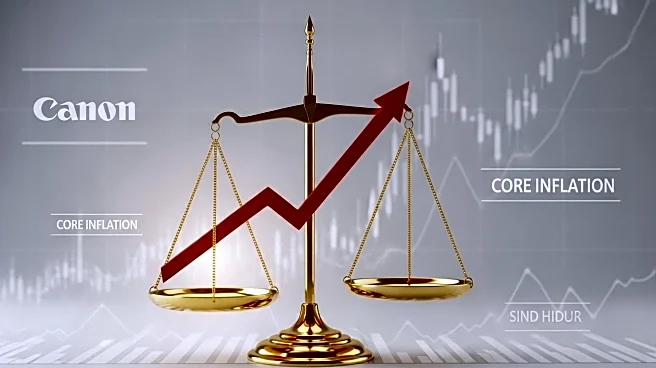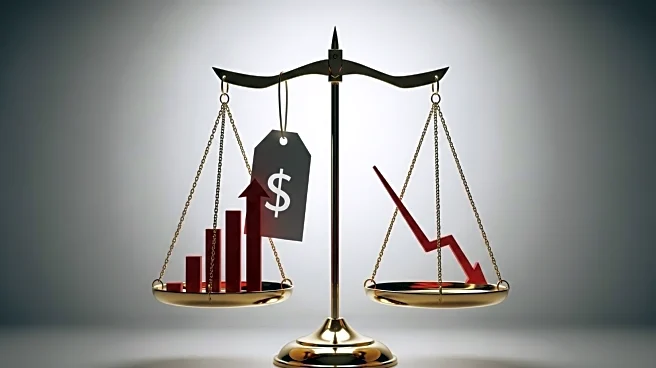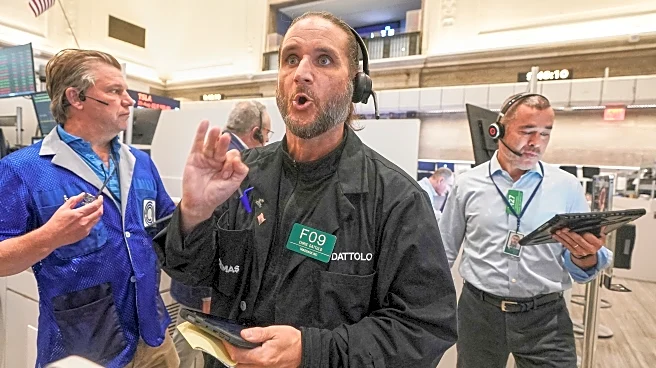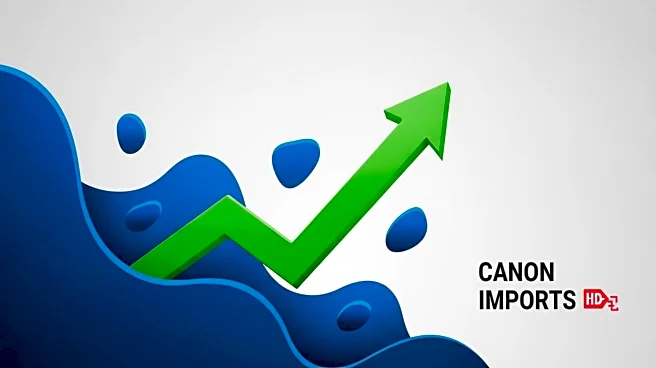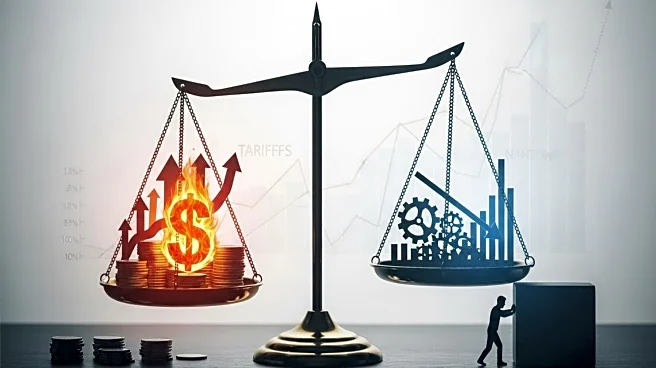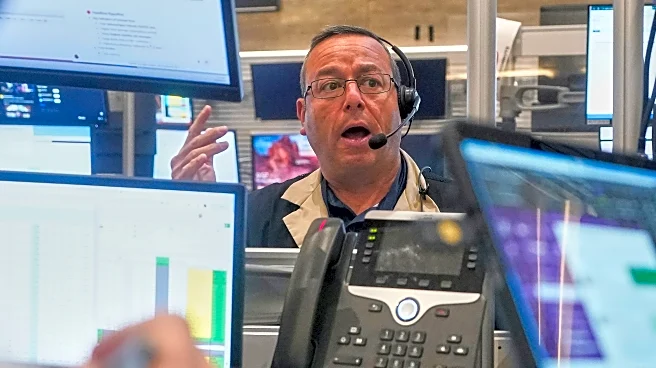What's Happening?
The personal consumption expenditures price index, a key measure of inflation used by the Federal Reserve, showed core inflation at a 2.9% annual rate in July, according to a Commerce Department report. This marks an increase from June's 2.8% and aligns with market expectations. The rise in inflation is largely attributed to a 3.6% increase in services prices, while energy prices saw a 2.7% annual decline and food prices rose by 1.9%. Despite the inflationary pressures, consumer spending increased by 0.5% in July, indicating resilience in the face of higher prices. The Federal Reserve targets a 2% inflation rate, suggesting the current rate is above their comfort level.
Why It's Important?
The increase in core inflation is significant as it influences the Federal Reserve's monetary policy decisions. Higher inflation rates can lead to adjustments in interest rates, impacting borrowing costs for consumers and businesses. The current inflation rate suggests ongoing economic pressure, potentially affecting consumer purchasing power and business investment. The Federal Reserve's decision to potentially lower interest rates in September could be a response to weakening labor market data, aiming to stimulate economic growth. This decision will be closely watched by financial markets, as it could affect stock market performance and Treasury yields.
What's Next?
The Federal Reserve is expected to convene next month to discuss potential interest rate cuts. Fed Governor Christopher Waller has expressed support for a rate cut, contingent on labor market data. The focus will remain on employment figures, which could influence the size and timing of any rate adjustments. Market participants will be monitoring these developments closely, as they could have significant implications for economic growth and inflation management.
